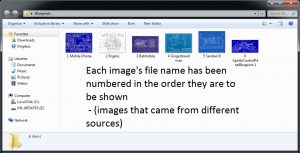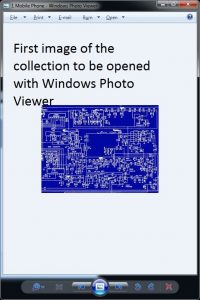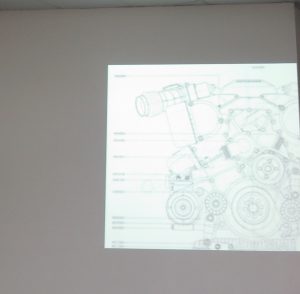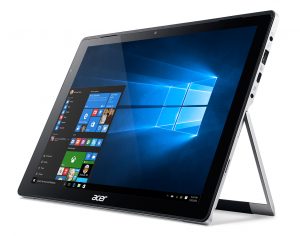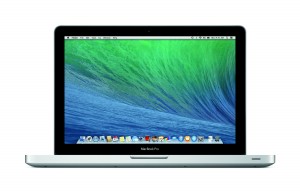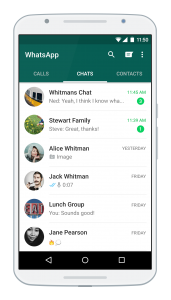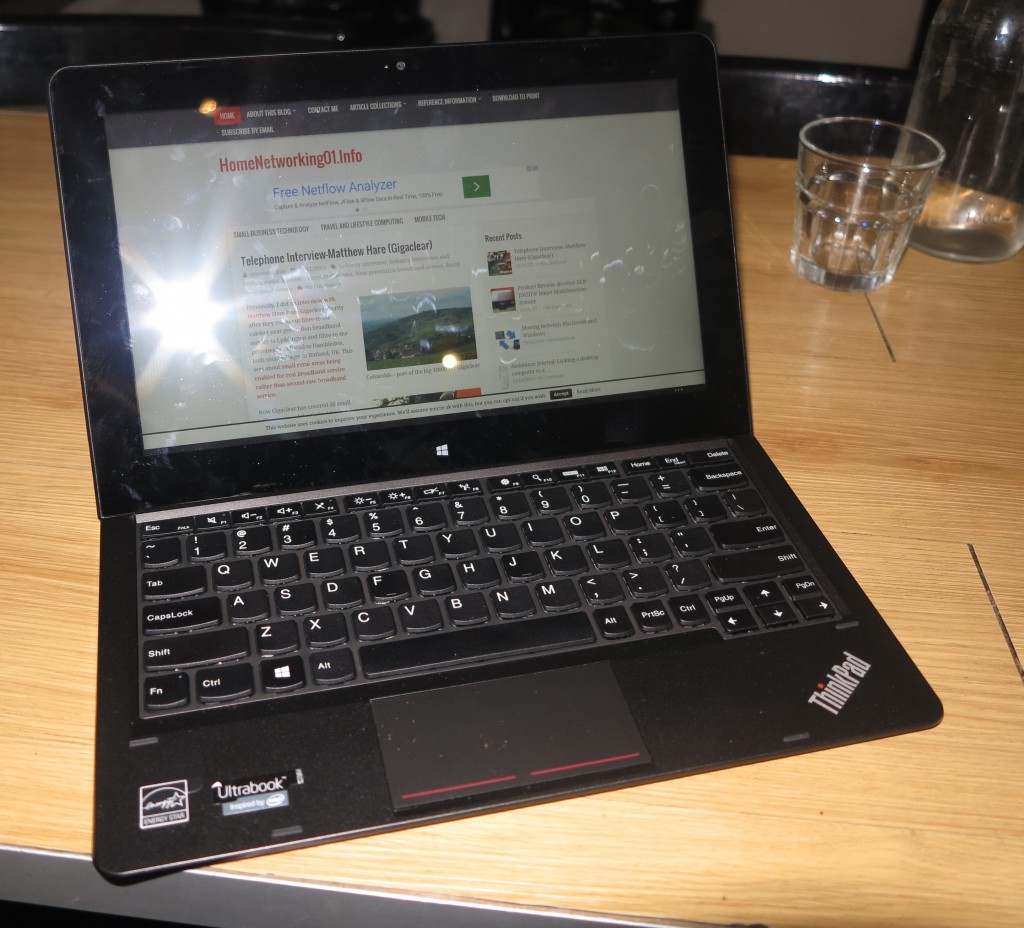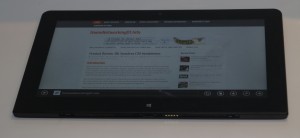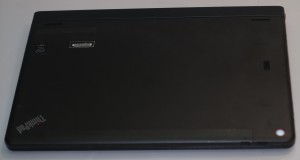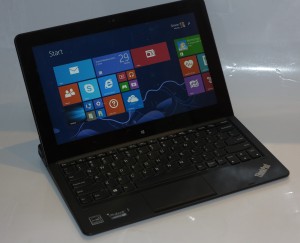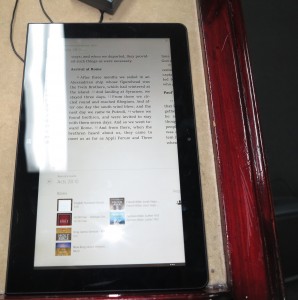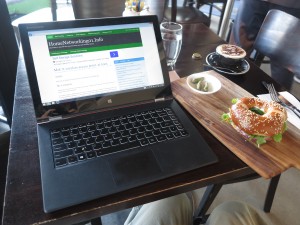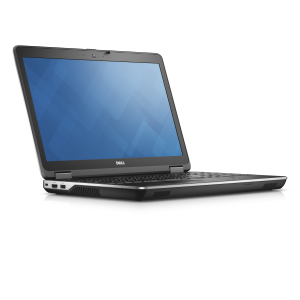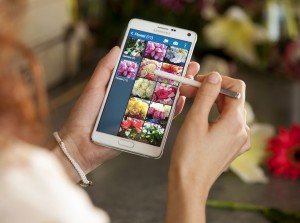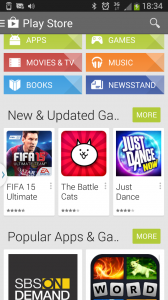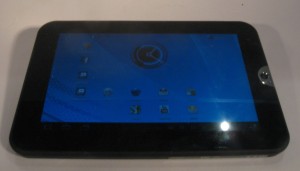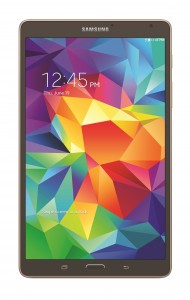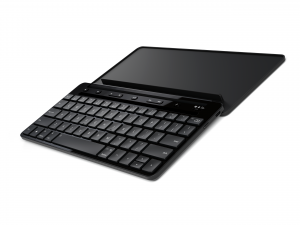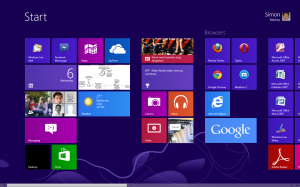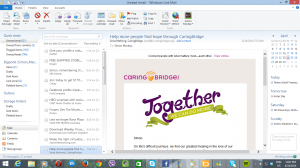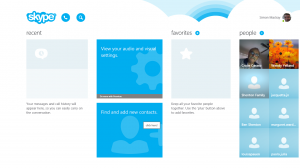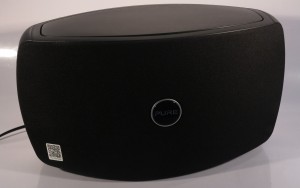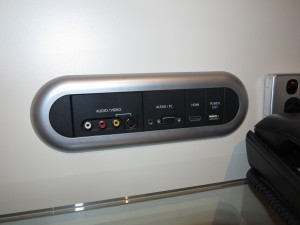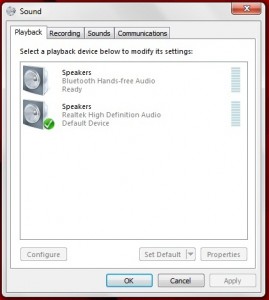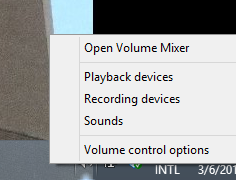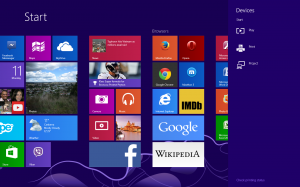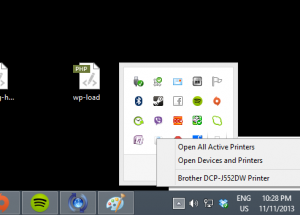Showing photos on the large screen in your dual-screen setup
You have ended up with a collection of photos on your computer that you want to show using the video projector or large-screen TV. This may be like having that carousel of slides ready to show on the old slide projector – here you had this collection of slides ready after you came back from that trip or event.
This situation can apply to a range of use cases such as:
- A person who is previewing pictures they have taken on a large screen so you can assess them in a better manner
- Returning travellers who want to show their relatives or friends pictures they have taken during their travels
- Businesses showing pictures of their latest products or pictures from a trade show
- Churches who are showing their congregations the photos taken during outreach or missionary events
You may think that your presentation, AV-playout, worship-lyrics-projection or similar software may do the job for you but this will typically involve copying or importing each and every photo to a presentation and creating a presentation file which can be very inefficient. This is more so if you have had the images properly edited and sequenced so they are in a ready-to-show manner on another computer, then transferred them to the computer you are showing them with using some form of removeable media.
Similarly, you may be going through the pictures that you just took with your digital camera then imported to your computer and want to use the large screen such as your home or hotel-room TV so you can assess them more critically.
What do you need to be sure of
The pictures, which are of a bitmap format that your computer’s operating system can handle directly like JPEG or PNG, need to be kept in a known folder anywhere on your computer’s file system. This means that they can exist on your computer’s hard disk, on an optical disc that you or someone else “burned”, on a USB memory stick or an SD card such as what you took out of your camera. In some cases, it can also extend to online storage services if they are in sync and you are using native software to integrate them as part of the file system. As well, this may apply to your camera or smartphone if you have “tethered” it to the computer using a USB cable and it works to PTP requirements.
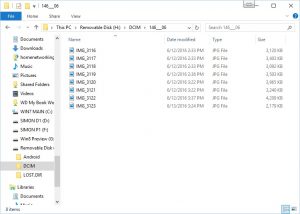
Pictures on your digital camera’s memory card or downloaded from your camera will be numbered in this order
The pictures will also be in a known numerical sequence. If they came off a digital camera or mobile phone, they will have a file name with a number that increases with every shutter-click. If you have edited them or had images from other sources, you will most likely make sure they are numbered to reflect the order in which they are shown as highlighted in the illustration.
What I refer to as the “large screen” in these instructions is a projector or a large-screen TV/monitor connected to your computer as a secondary display and what you want your pictures to be shown on. This display has to be configured to “extend” your computer’s main operating screen which I refer to as the “computer screen”.
Windows 7, 8.1 and 10 with Windows Photo Viewer
Here, you use Windows Photo Viewer which comes standard with Windows from version 7 onwards. This program can run a slide show based on image files without taking up too much computer resources/
- Open the folder where the pictures that you want to show are located
- Open the first picture in the folder or the first picture you want to show in the case of a large collection with Windows Photo Viewer
- Click Play or press F11 to have the picture full screen on the computer’s screen. This will also start the pictures automatically advancing
- Pause this slide-show by right-clicking the currently-showing image and selecting Pause
- Press “Windows”-“Shift”-“Right Arrow” together to throw the image to the projector or large screen. This step is important or you won’t have it on that big screen.
- To manually advance the pictures, press the right arrow key to go forward or the left arrow key to go back. This option is useful when you are showing the pictures to accompany a presentation in order to avoid them being “out of sync” with the presenter, or if you are going through a collection of images like what you just took.
When you have finished, press ESC on the keyboard to close the program - To automatically advance the pictures, right-click the picture on the large screen and click Play or press F11 (auto advance). This is the option best used for images to be shown in the background.
You have the ability to vary the slide show will appear by clicking on “Shuffle” to have the slides shown in random order (useful when showing as background “wallpaper”) or to vary how long they stay on the screen by clicking the “Slow”, “Medium” or “Fast” options.
Press “Windows” to regain control if you want to use the computer during an automatic slide-show. You will also see a square “picture” icon in the Taskbar on your computer screen, which is an indicator that Windows Photo Viewer is running.
To stop, click on that “picture” icon that represents Windows Photo Viewer and press ESC on the keyboard
Once you know how to quickly run a slide show with a pre-edited collection of images and using software that doesn’t require you to “prepare” them for showing, you can make use of the large screen more easily to show those photos.
This article will be updated as I gain more knowledge on how to use other cost-effective or supplied software in other platforms to quickly show a bunch of image files on the large screen without having to prepare a presentation.


